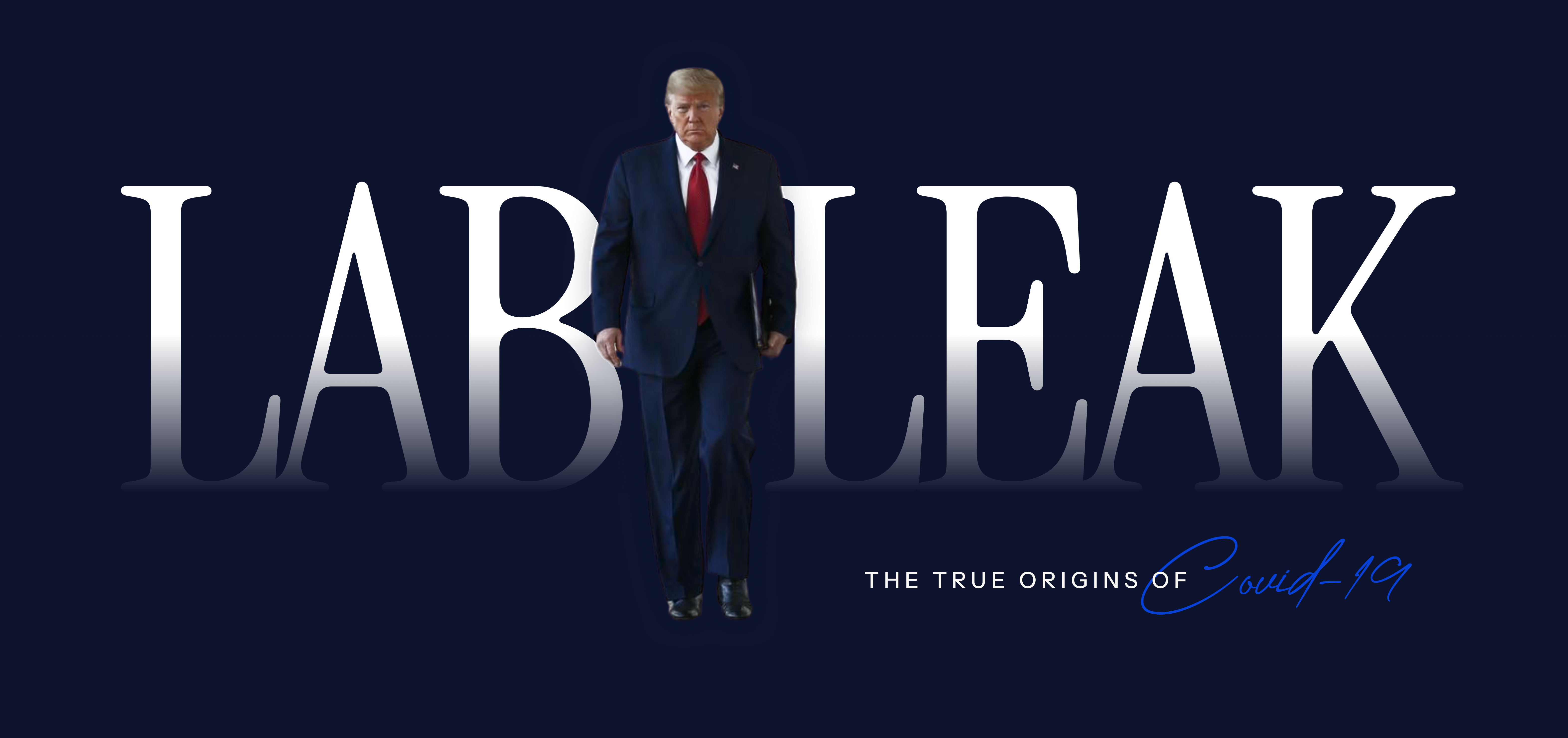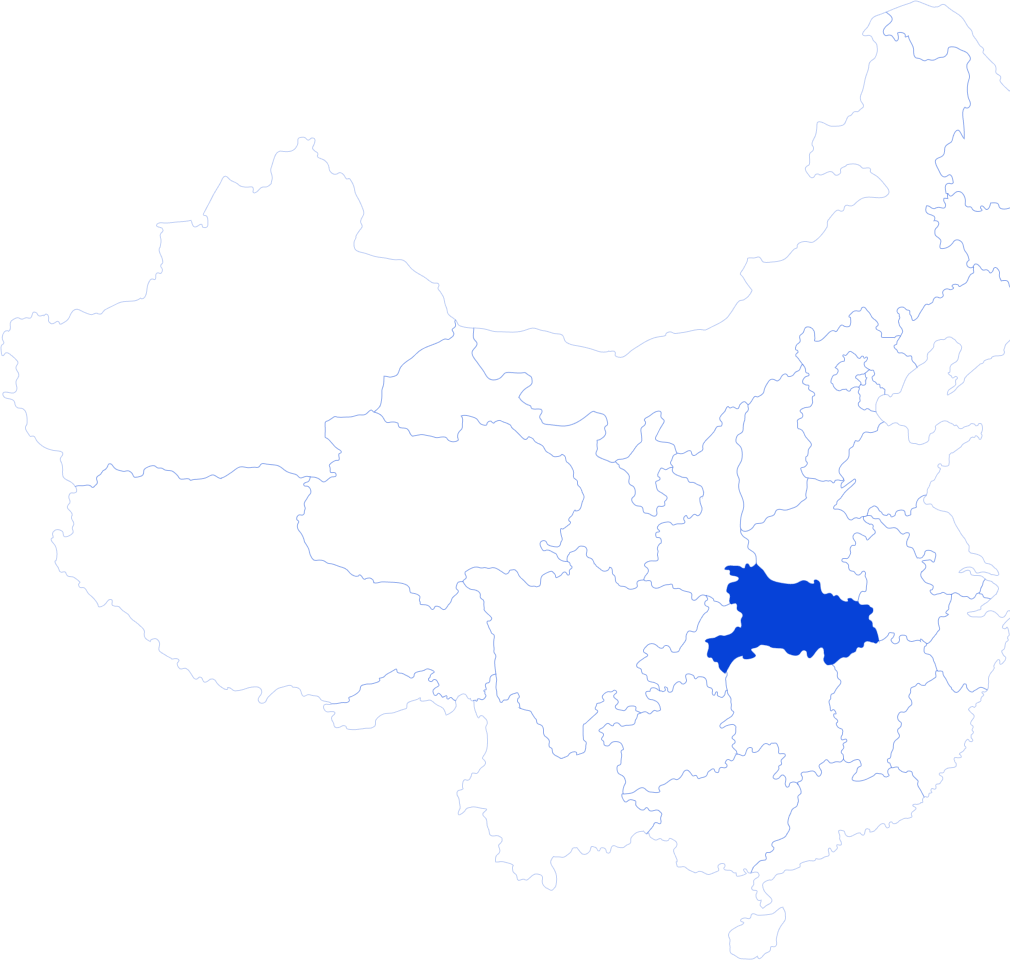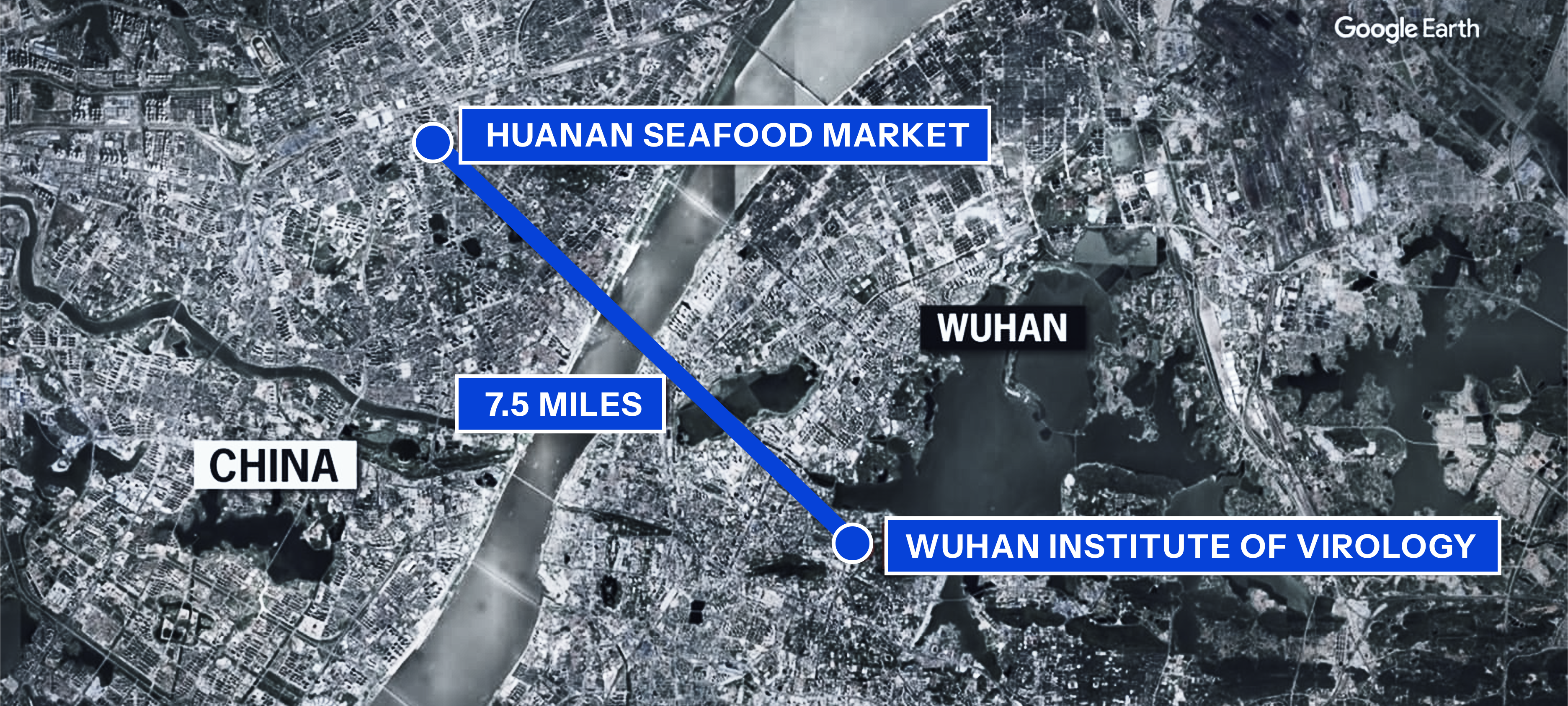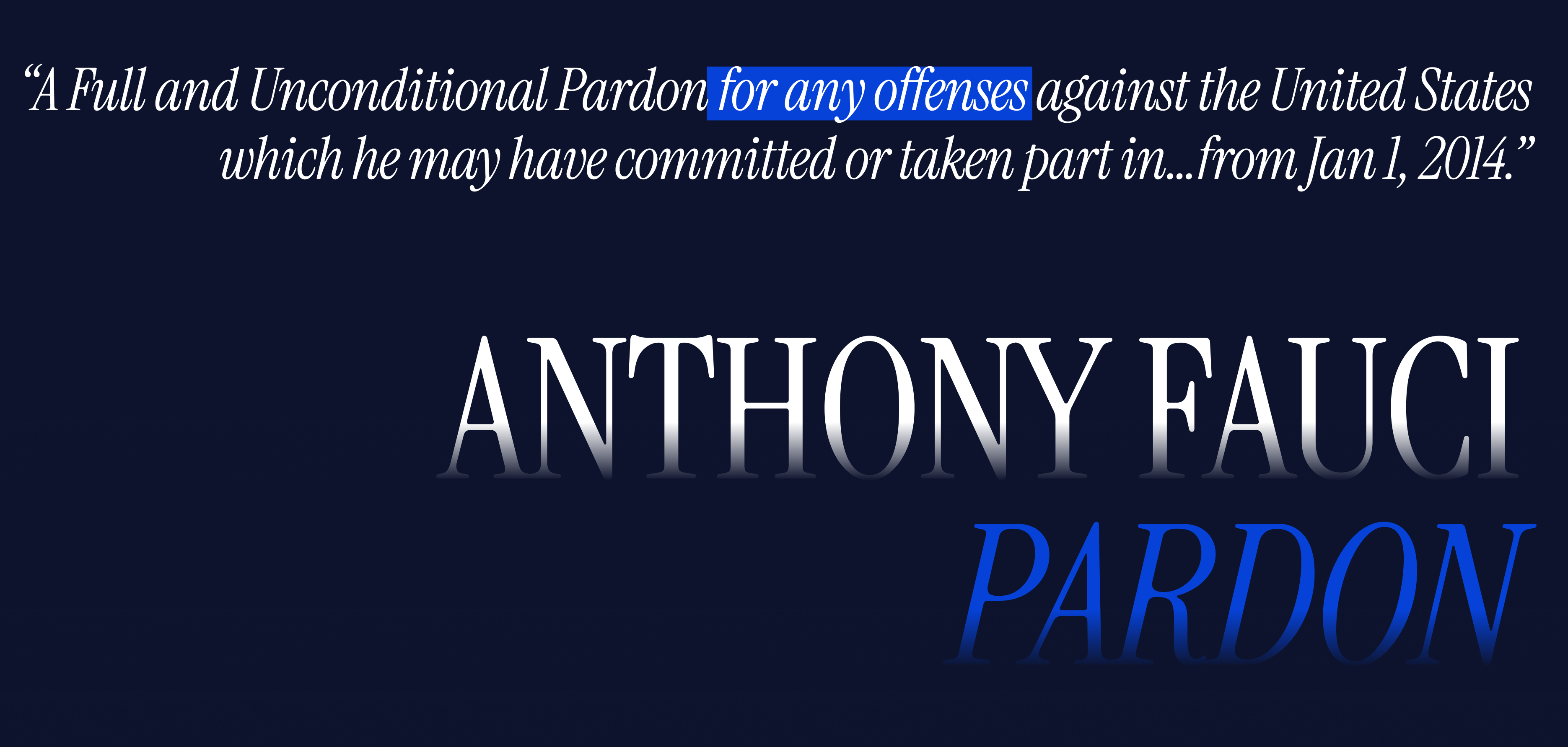
THE ORIGIN
“The Proximal Origin of SARS-CoV-2” publication — which was used repeatedly by public health officials and the media to discredit the lab leak theory — was prompted by Dr. Fauci to push the preferred narrative that COVID-19 originated naturally.

1.
The virus possesses a biological characteristic that is not found in nature.
2.
Data shows that all COVID-19 cases stem from a single introduction into humans. This runs contrary to previous pandemics where there were multiple spillover events.
3.
Wuhan is home to China’s foremost SARS research lab, which has a history of conducting gain-of-function research (gene altering and organism supercharging) at inadequate biosafety levels.
4.
Wuhan Institute of Virology (WIV) researchers were sick with COVID-like symptoms in the fall of 2019, months before COVID-19 was discovered at the wet market.
5.
By nearly all measures of science, if there was evidence of a natural origin it would have already surfaced. But it hasn’t.

PROXIMAL ORIGIN PUBLICATION:
“The Proximal Origin of SARS-CoV-2” publication — which was used repeatedly by public health officials and the media to discredit the lab leak theory — was prompted by Dr. Fauci to push the preferred narrative that COVID-19 originated in nature.
GAIN-OF-FUNCTION RESEARCH:
A lab-related incident involving gain-of-function research is the most likely origin of COVID-19. Current government mechanisms for overseeing this dangerous gain-of-function research are incomplete, severely convoluted, and lack global applicability.
ECOHEALTH ALLIANCE INC. (ECOHEALTH):
EcoHealth — under the leadership of Dr. Peter Daszak — used U.S. taxpayer dollars to facilitate dangerous gain-of-function research in Wuhan, China. After the Select Subcommittee released evidence of EcoHealth violating the terms of its National Institutes of Health (NIH) grant, the U.S. Department of Health and Human Services (HHS) commenced official debarment proceedings and suspended all funding to EcoHealth.
New evidence also shows that the Department of Justice (DOJ) has opened an investigation into EcoHealth’s pandemic-era activities.
NIH FAILURES:
NIH’s procedures for funding and overseeing potentially dangerous research are deficient, unreliable, and pose a serious threat to both public health and national security. Further, NIH fostered an environment that promoted evading federal record keeping laws — as seen through the actions of Dr. David Morens and “FOIA Lady” Marge Moore.


HHS OBSTRUCTION:
The Biden Administration’s HHS engaged in a multi-year campaign of delay, confusion, and non-responsiveness in an attempt to obstruct the Select Subcommittee’s investigation and hide evidence that could incriminate or embarrass senior public health officials. It appears that HHS even intentionally under-resourced its component that responds to legislative oversight requests.
ECOHEALTH OBSTRUCTION:
EcoHealth President Dr. Peter Daszak obstructed the Select Subcommittee’s investigation by providing publicly available information, instructing his staff to reduce the scope and pace of productions, and doctoring documents before releasing them to the public. Further, Dr. Daszak provided false statements to Congress.
DR. DAVID MORENS:
Dr. Fauci’s Senior Advisor, Dr. David Morens, deliberately obstructed the Select Subcommittee’s investigation, likely lied to Congress on multiple occasions, unlawfully deleted federal COVID-19 records, and shared nonpublic information about NIH grant processes with EcoHealth President Dr. Peter Daszak.
NEW YORK OBSTRUCTION:
New York’s Executive Chamber — led presently by Governor Kathy Hochul — redacted documents, offered numerous illegitimate privilege claims, and withheld thousands of documents without an apparent legal basis to obstruct the Select Subcommittee’s investigation into former Governor Cuomo’s pandemic-era failures.
WORLD HEALTH ORGANIZATION (WHO):
The WHO’s response to the COVID-19 pandemic was an abject failure because it caved to pressure from the Chinese Communist Party and placed China’s political interests ahead of its international duties. Further, the WHO’s newest effort to solve the problems exacerbated by the COVID-19 pandemic — via a “Pandemic Treaty” — may harm the United States.
SOCIAL DISTANCING:
The “6 feet apart” social distancing recommendation — which shut down schools and small business across the country — was arbitrary and not based on science. During closed door testimony, Dr. Fauci testified that the guidance “sort of just appeared.”
MASK MANDATES:
There was no conclusive evidence that masks effectively protected Americans from COVID-19. Public health officials flipped-flopped on the efficacy of masks without providing Americans scientific data — causing a massive uptick in public distrust.
LOCKDOWNS:
Prolonged lockdowns caused immeasurable harm to not only the American economy, but also to the mental and physical health of Americans, with a particularly negative effect on younger citizens. Rather than prioritizing the protection of the most vulnerable populations, federal and state government policies forced millions of Americans to forgo crucial elements of a healthy and financially sound life.
NEW YORK PANDEMIC FAILURES:
Former New York Governor Andrew Cuomo’s March 25 Order — which forced nursing homes to accept COVID-19 positive patients — “was medical malpractice.” Evidence shows that Mr. Cuomo and his Administration worked to cover up the tragic aftermath of their policy decisions in an apparent effort to shield themselves from accountability.


COVID-19 MISINFORMATION:
Public health officials often mislead the American people through conflicting messaging, knee-jerk reactions, and a lack of transparency. Most egregiously, the federal government demonized alternative treatments and disfavored narratives, such as the lab leak theory, in a shameful effort to coerce and control the American people’s health decisions.
When those efforts failed, the Biden Administration resorted to “outright censorship—coercing and colluding with the world’s largest social media companies to censor all COVID-19-related dissent.”
Content on this page sourced from the House Oversight Committee website, a Select Subcommittee on the Coronavirus Pandemic of the Committee on Oversight and Accountability in the U.S. House of Representatives.
